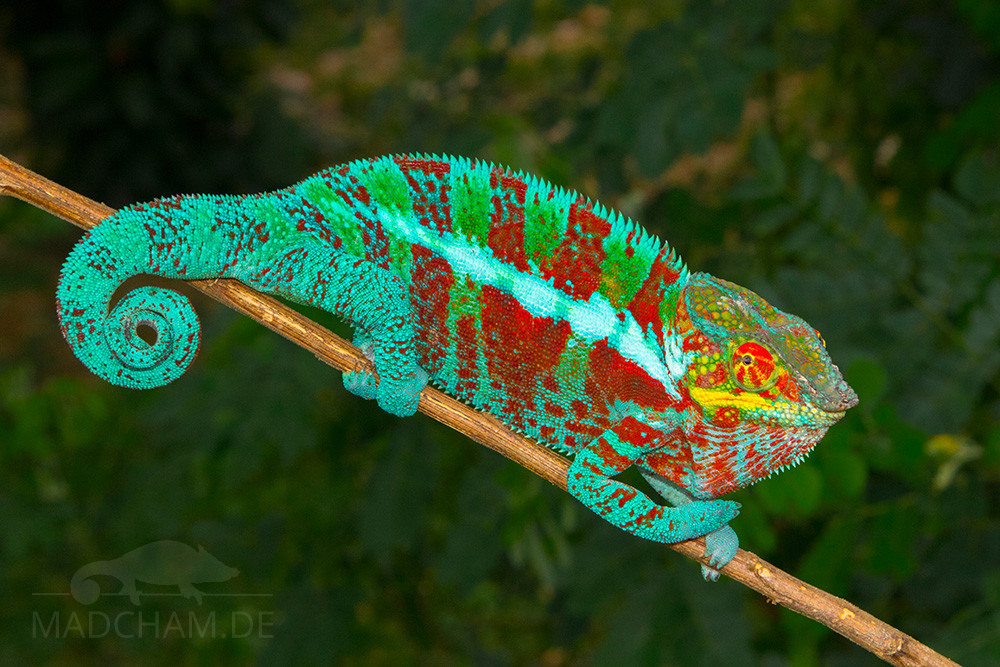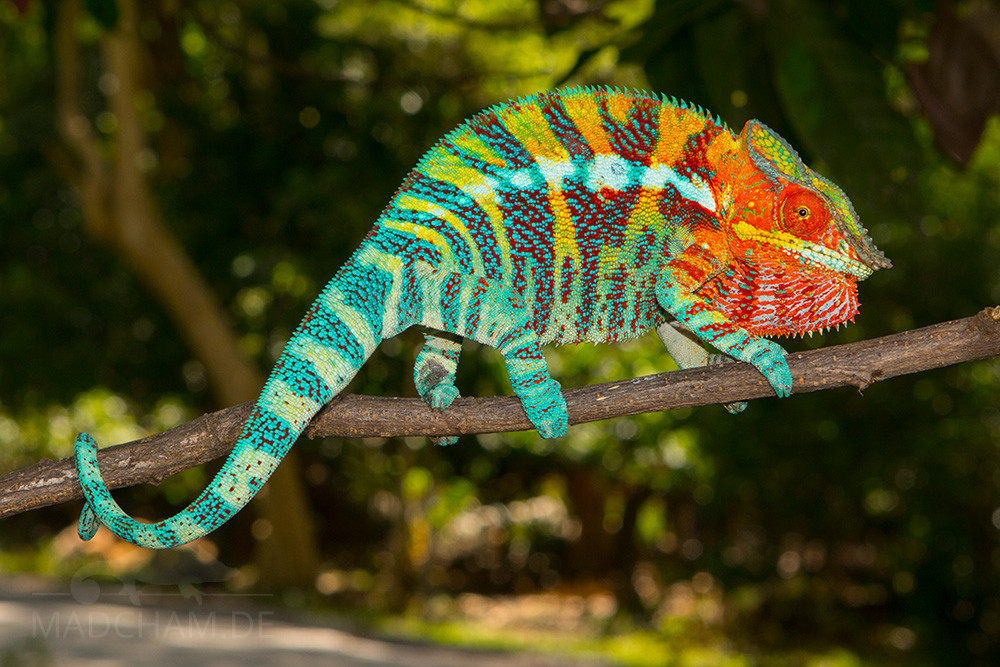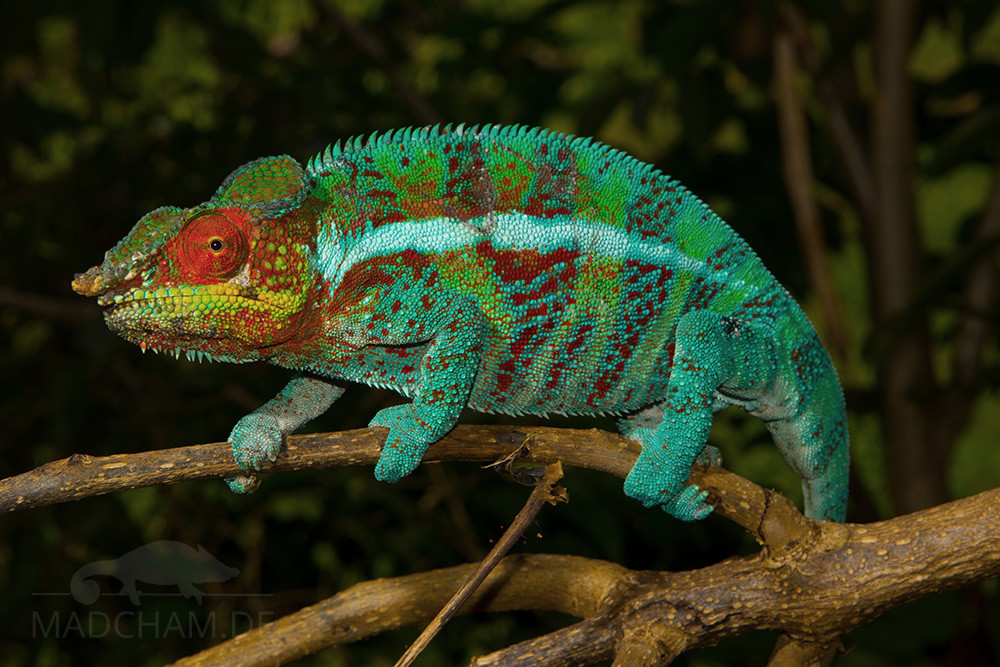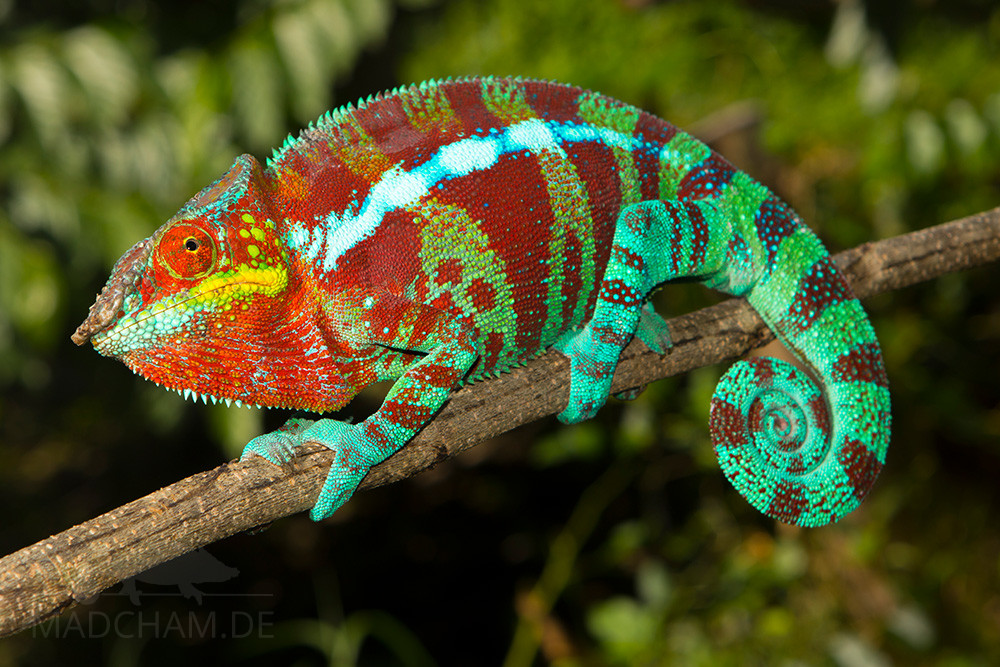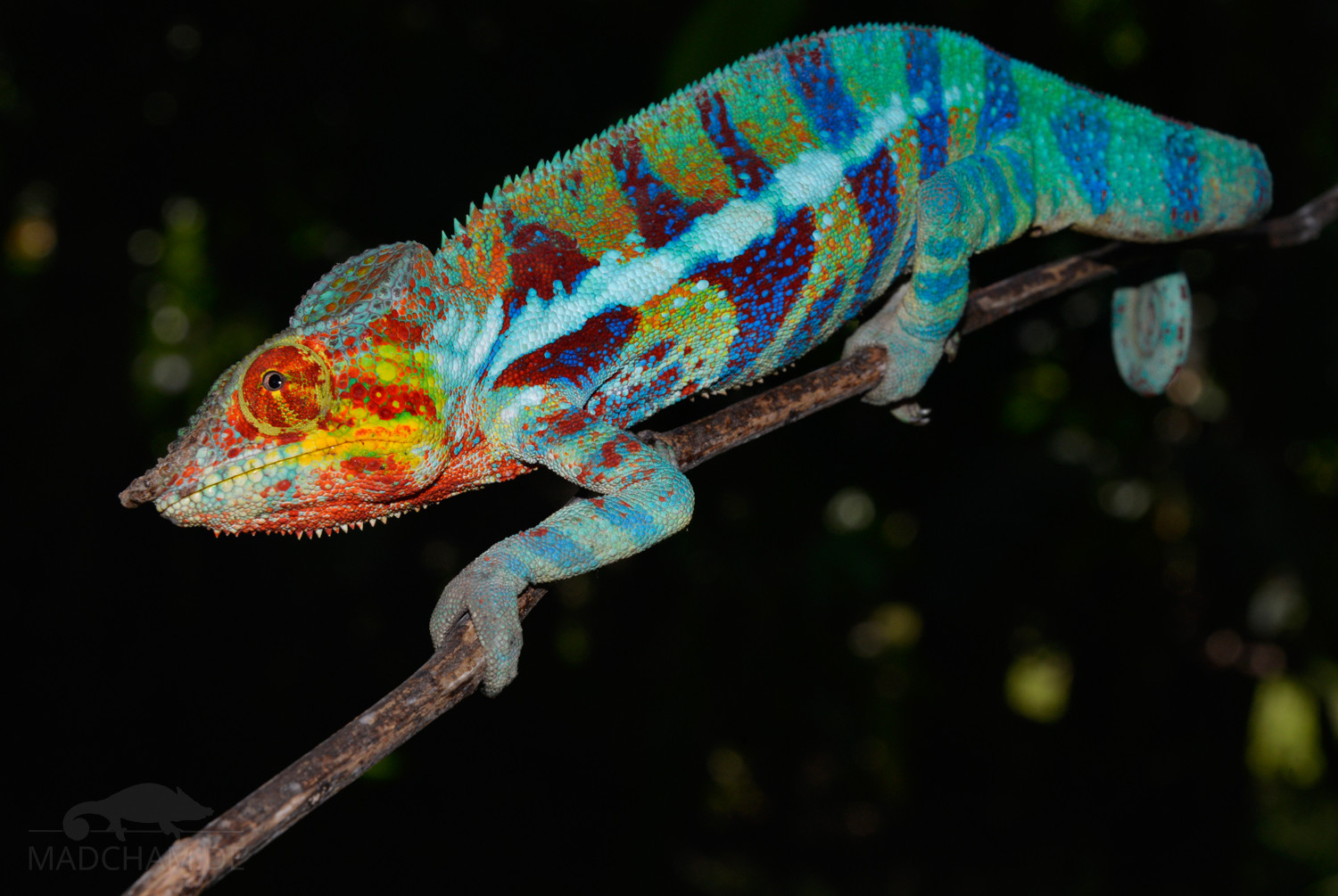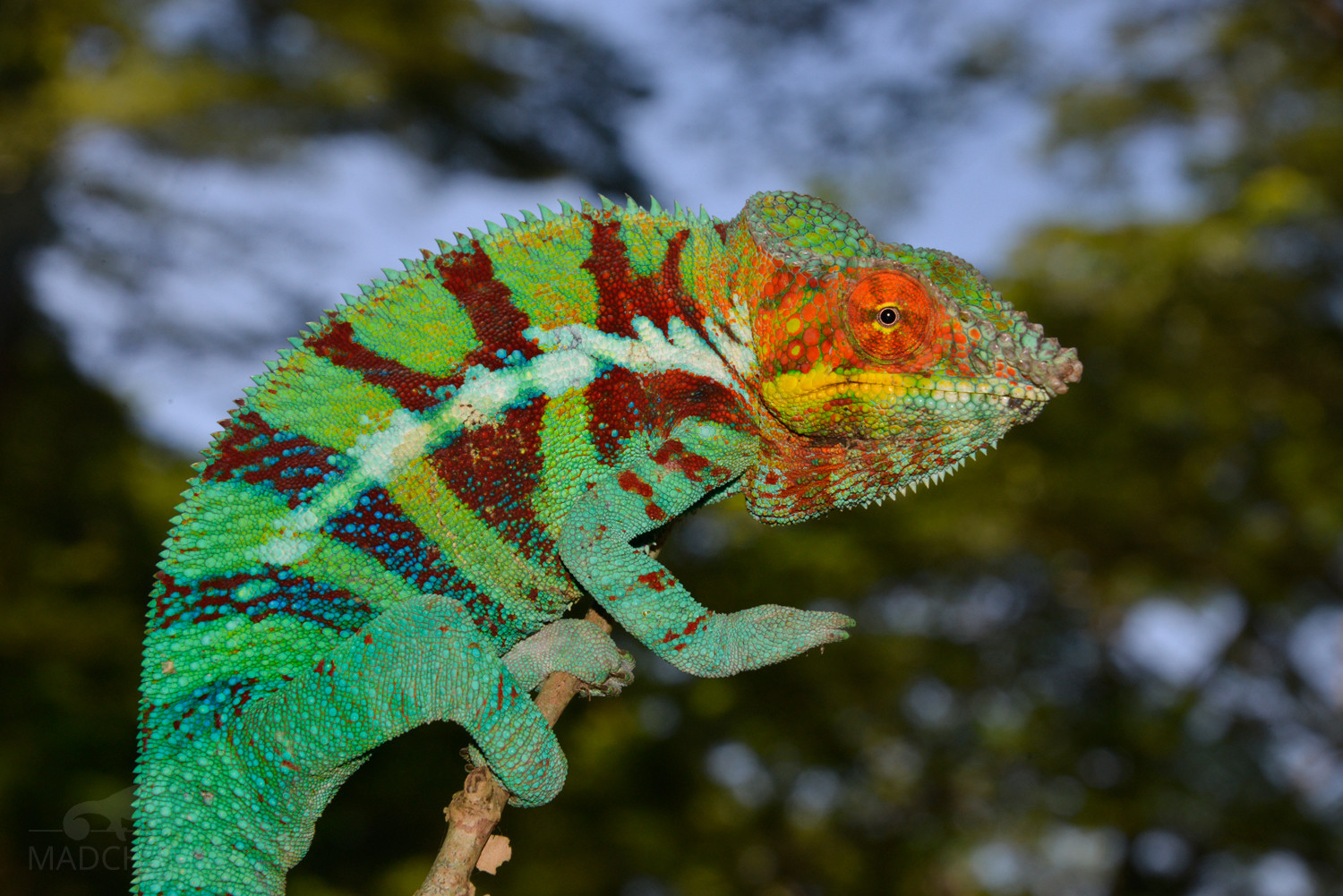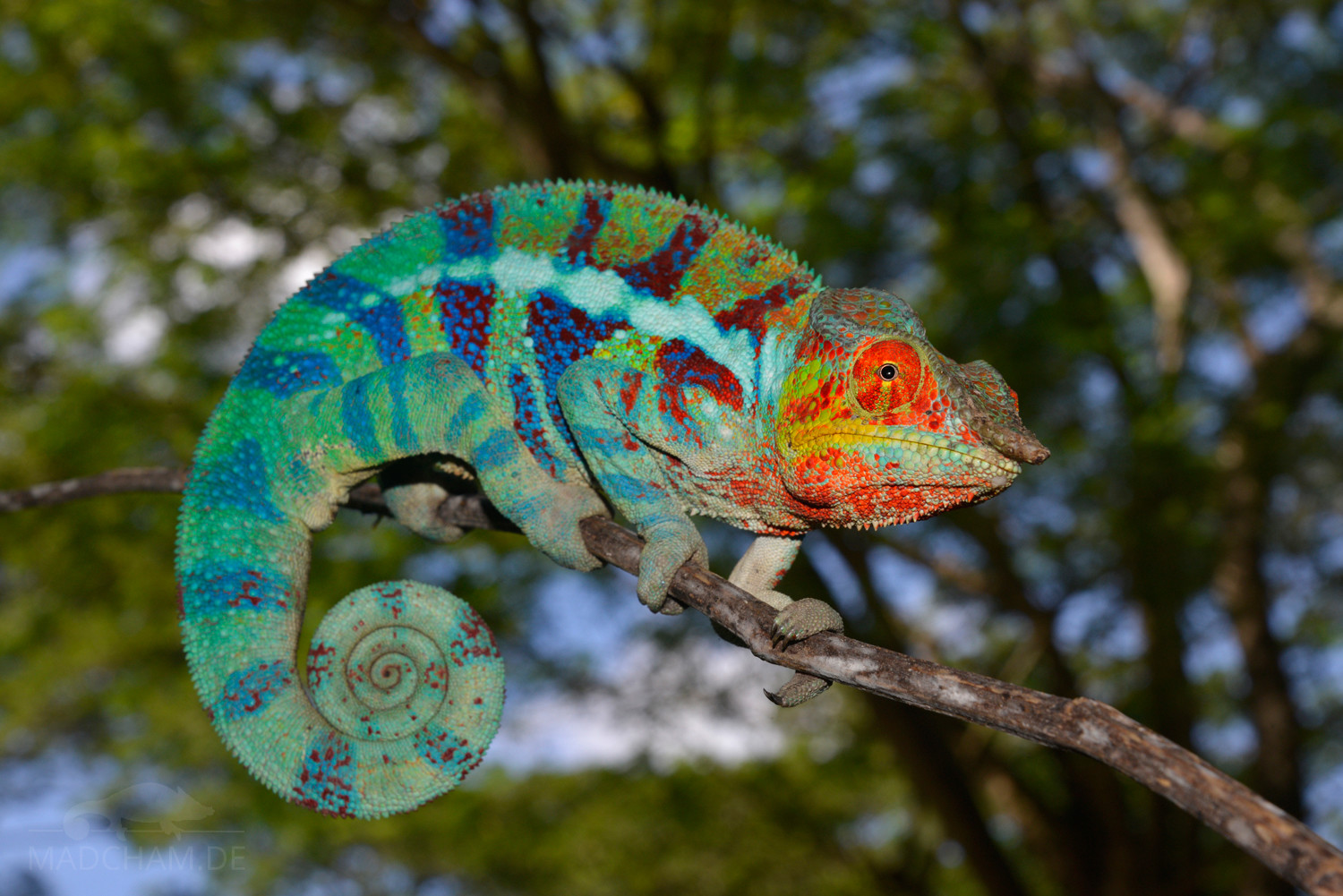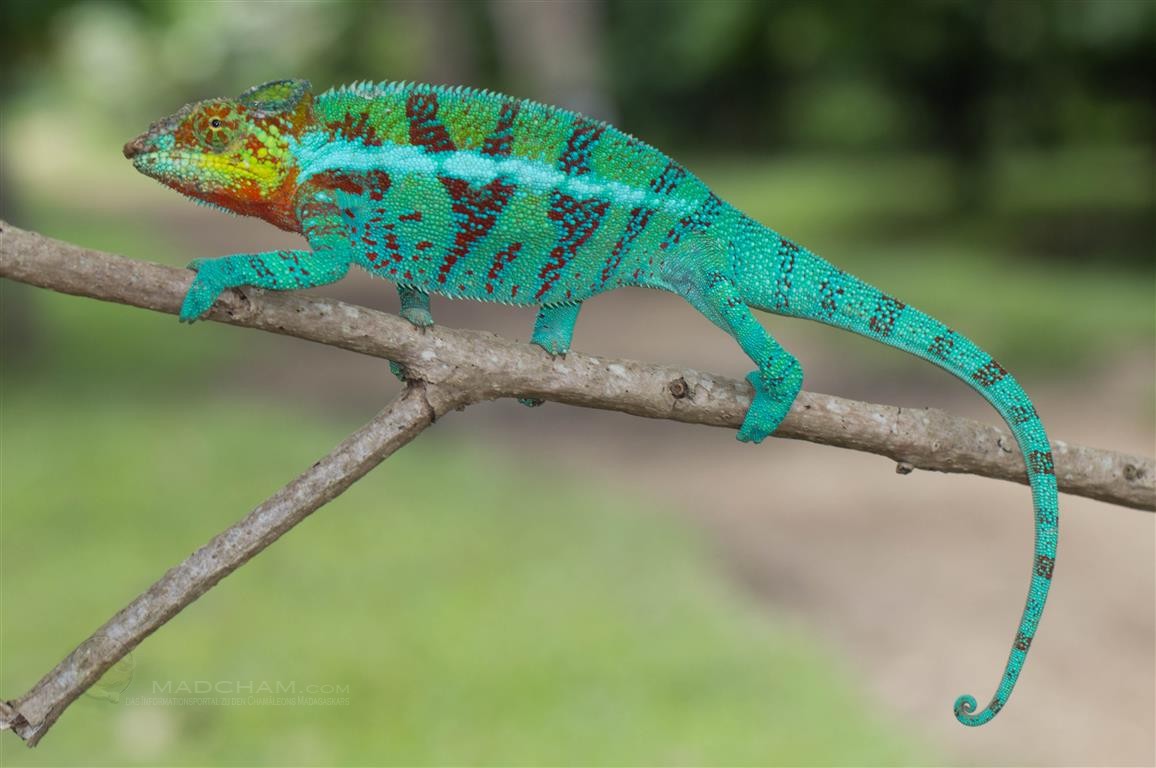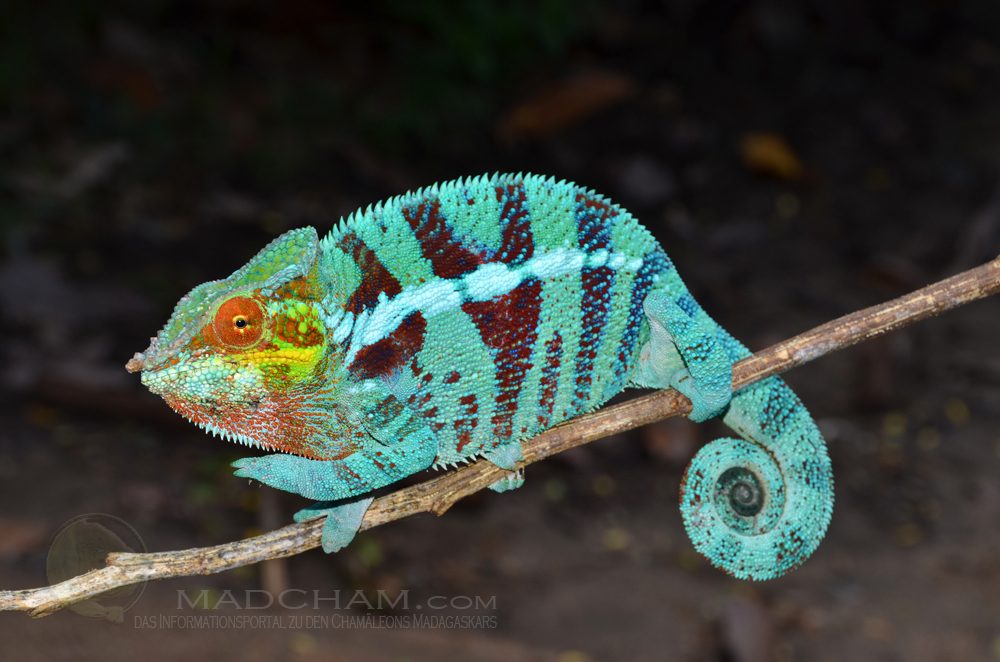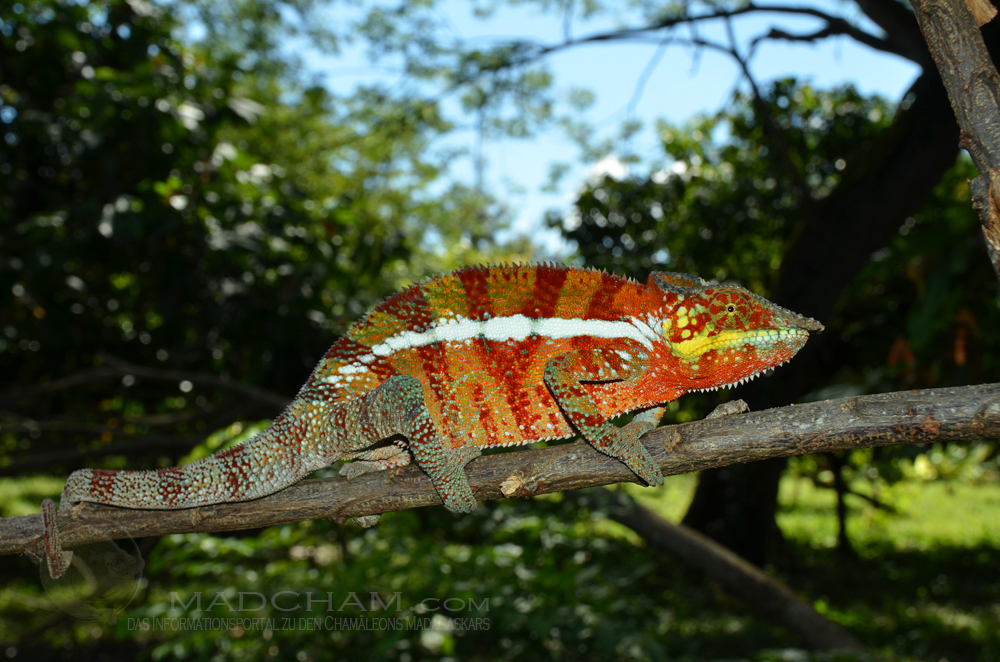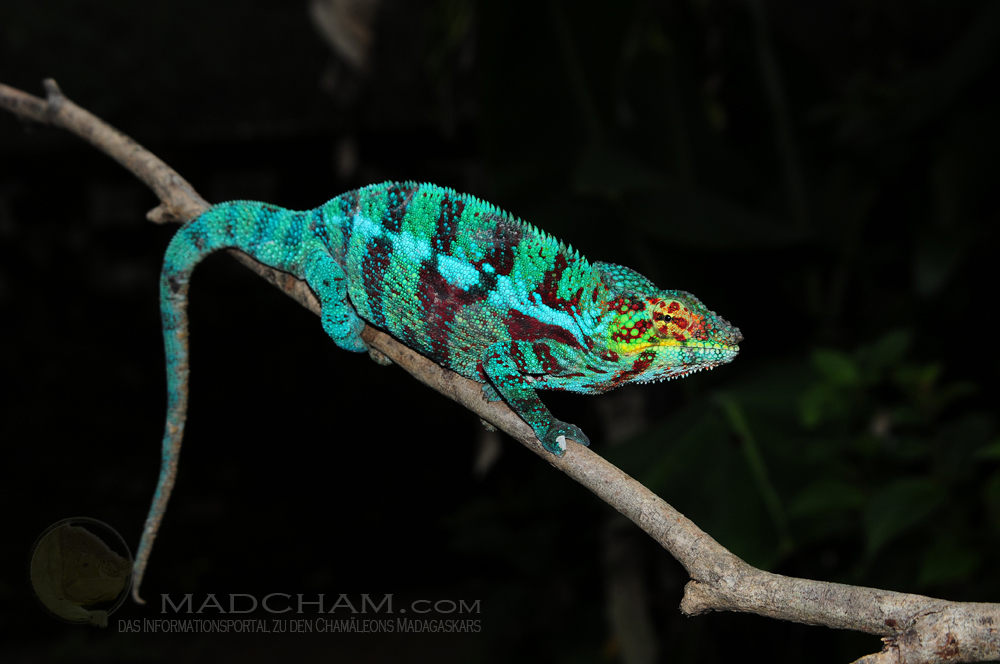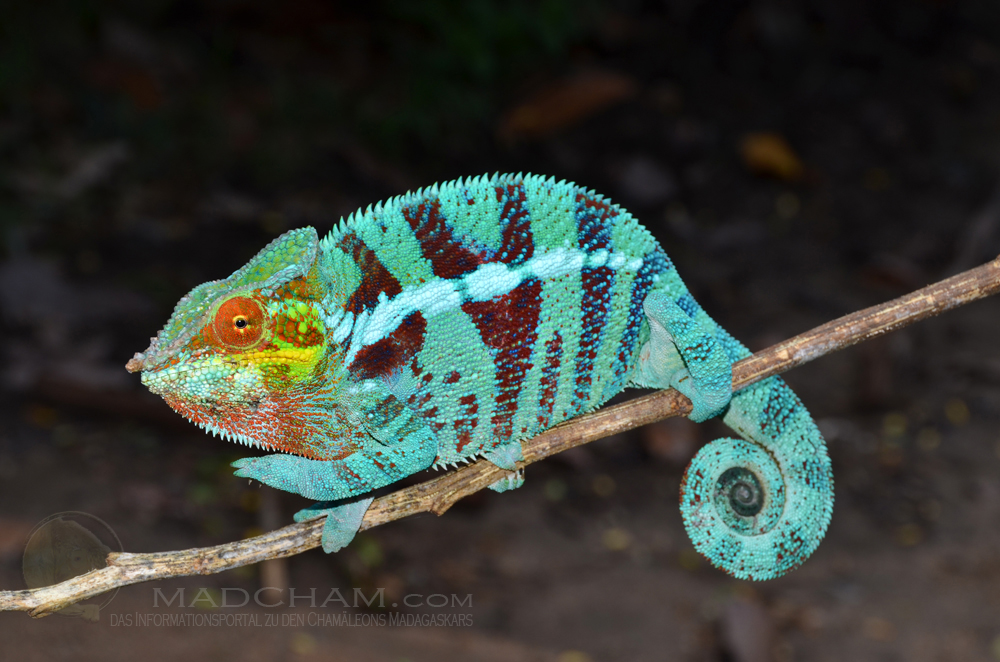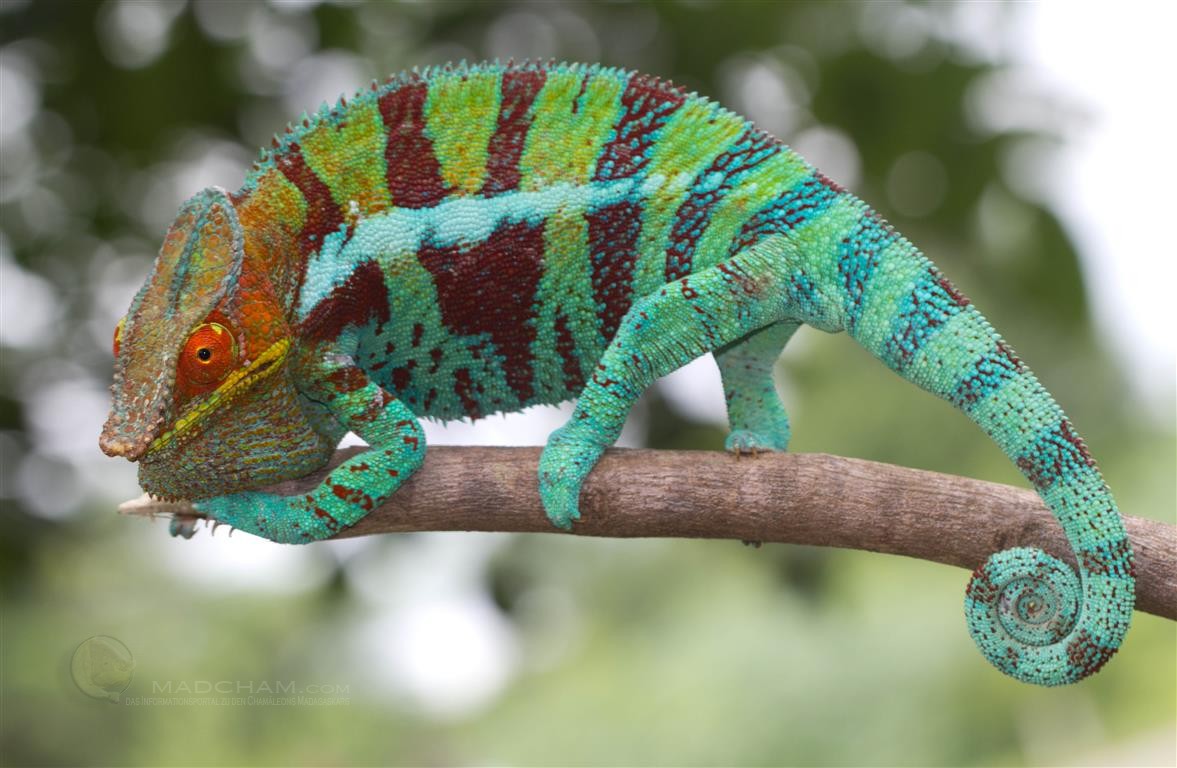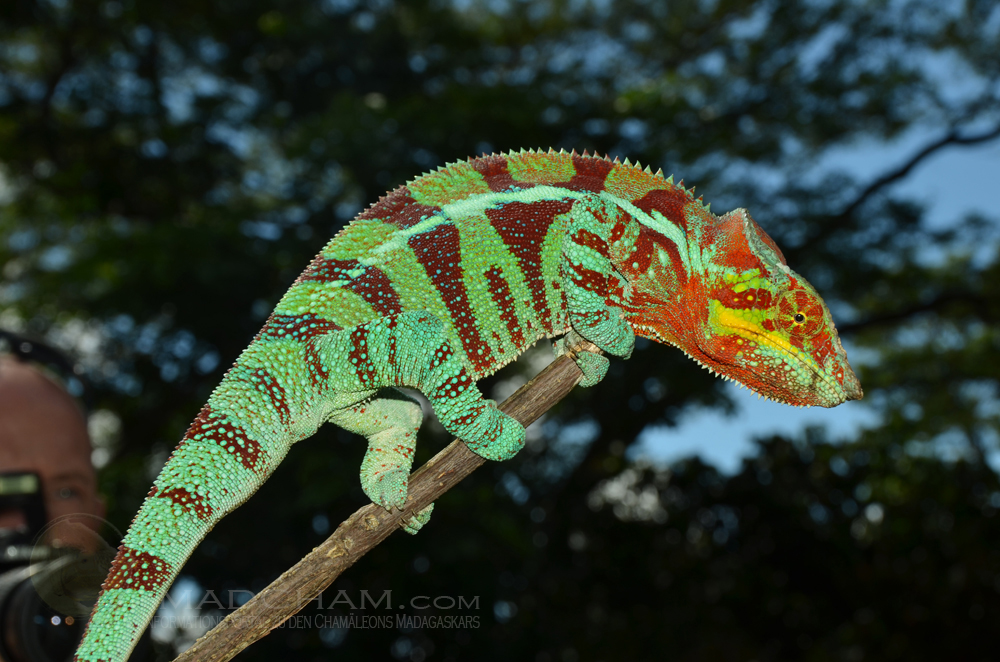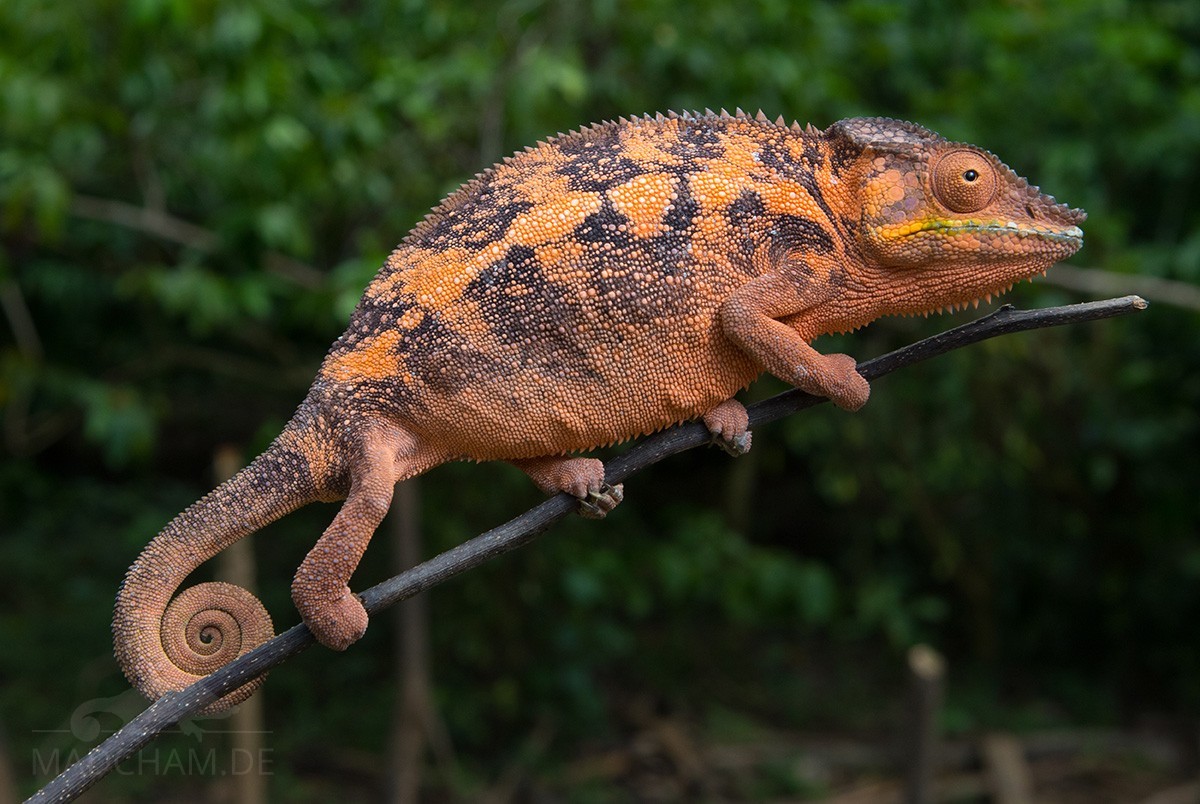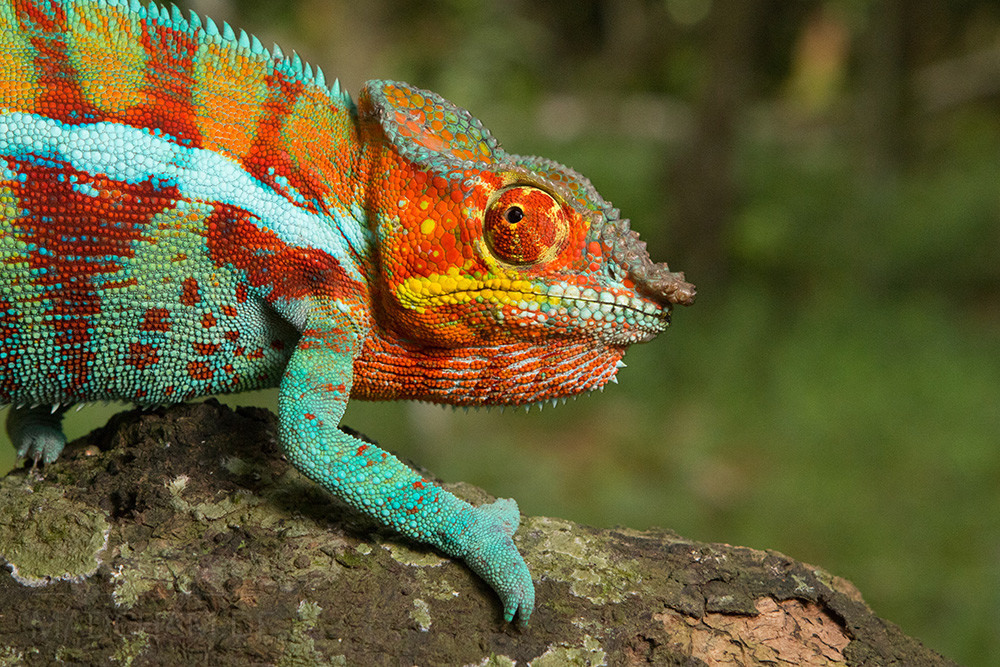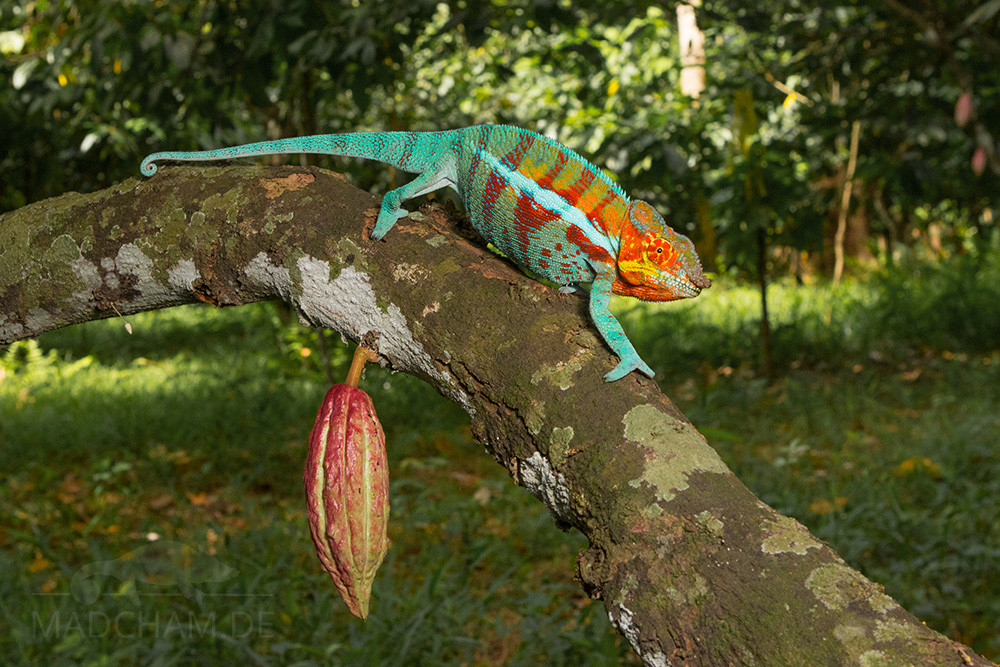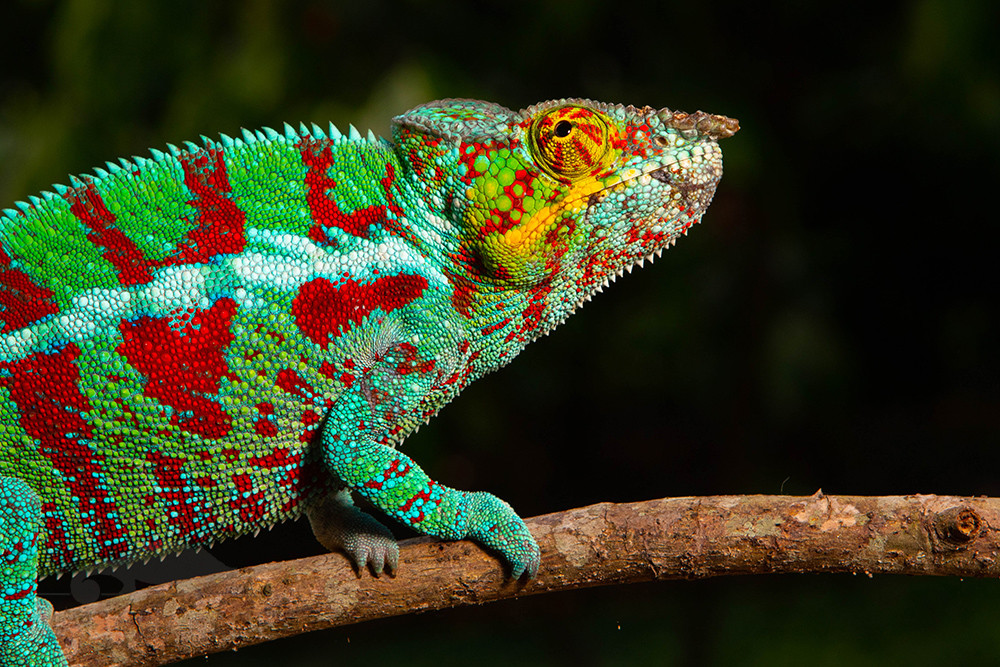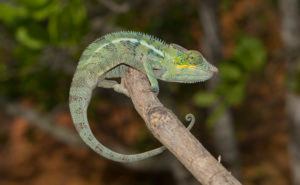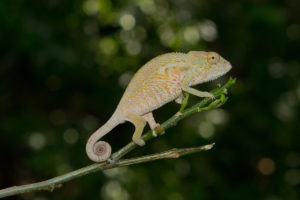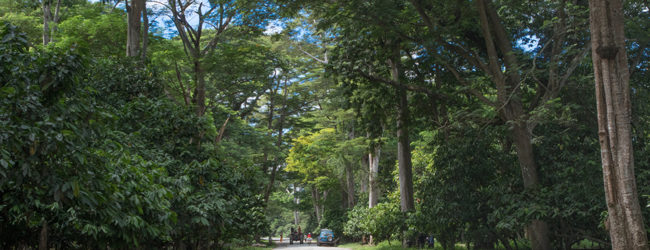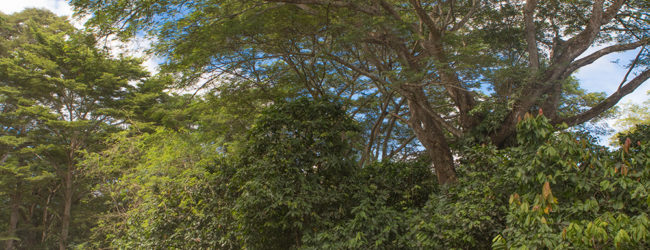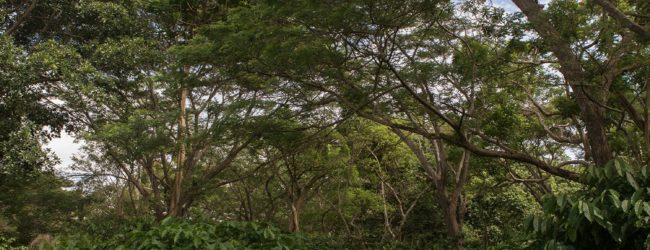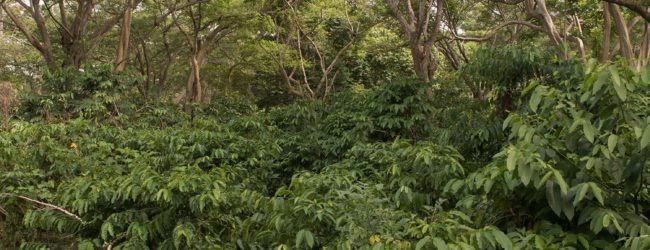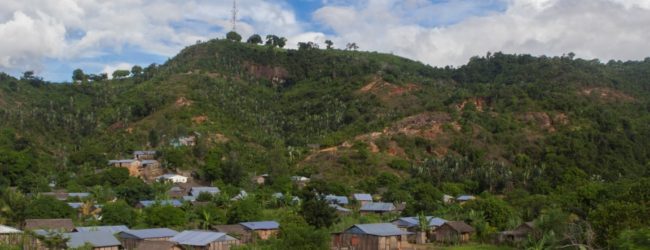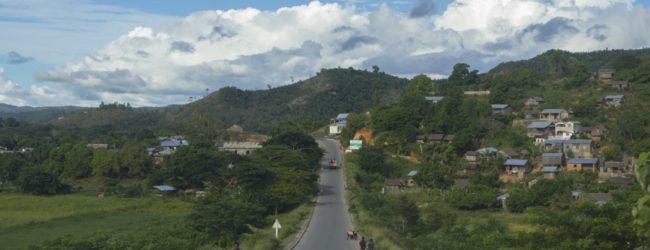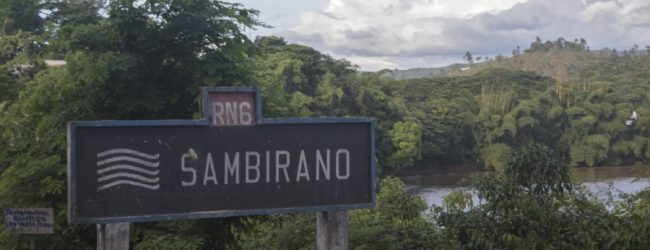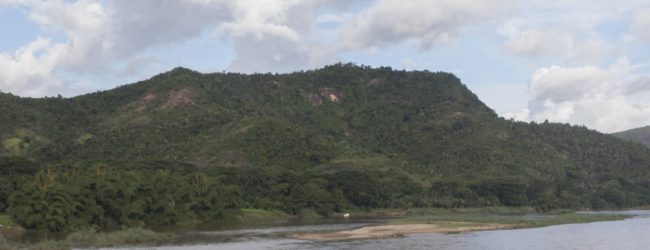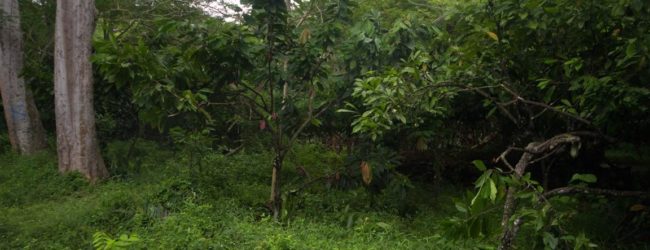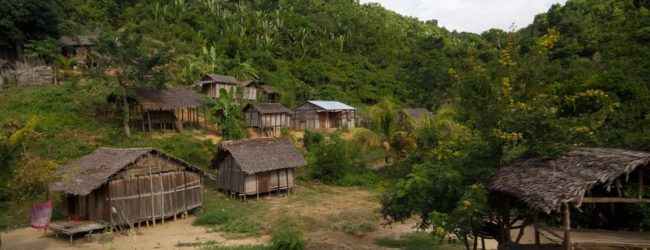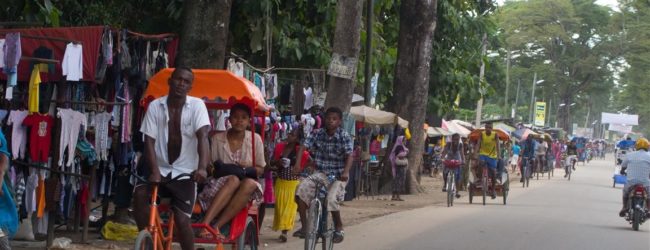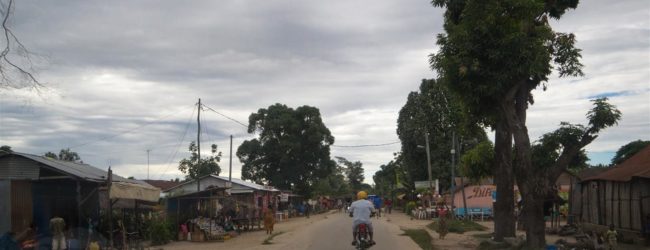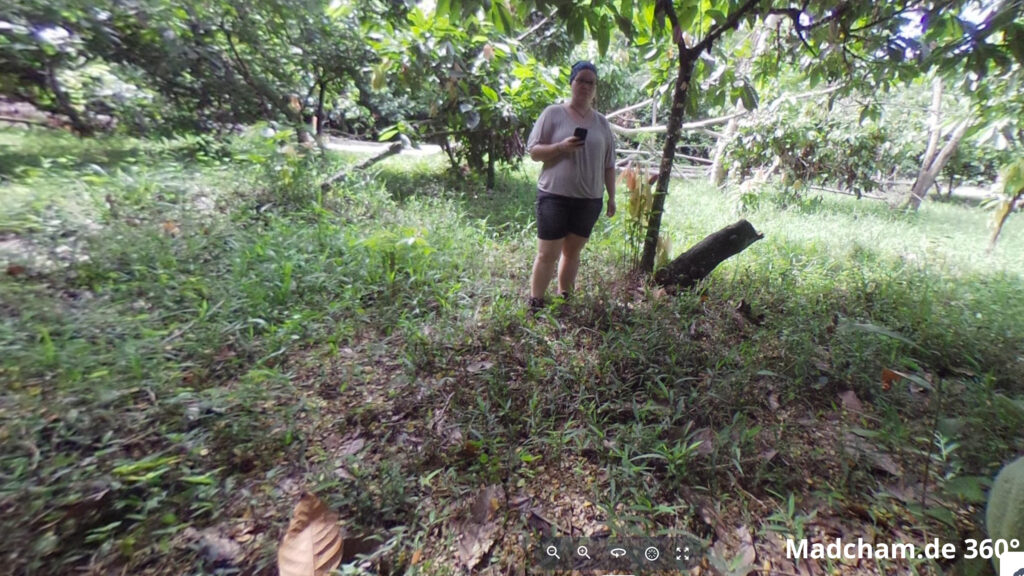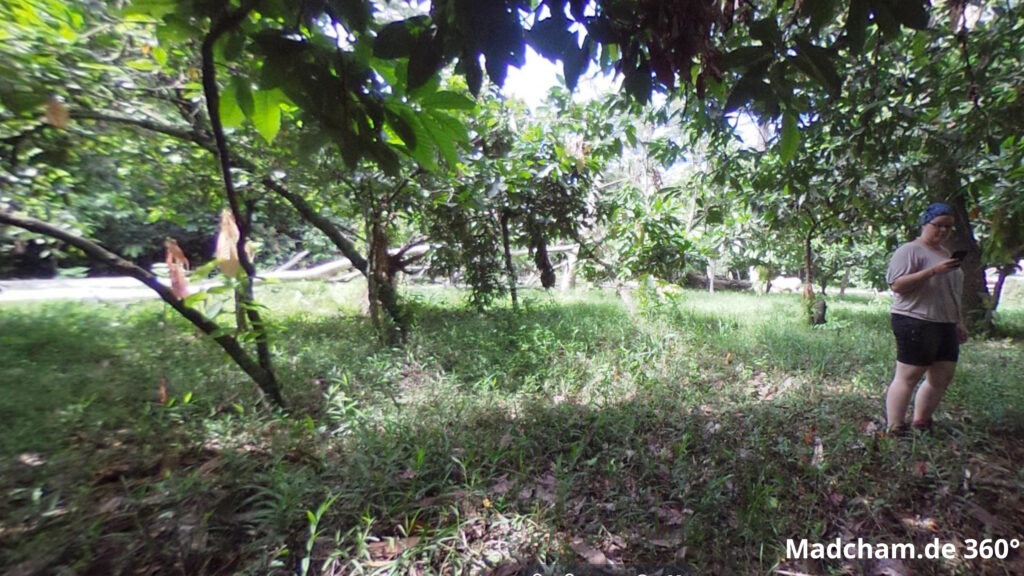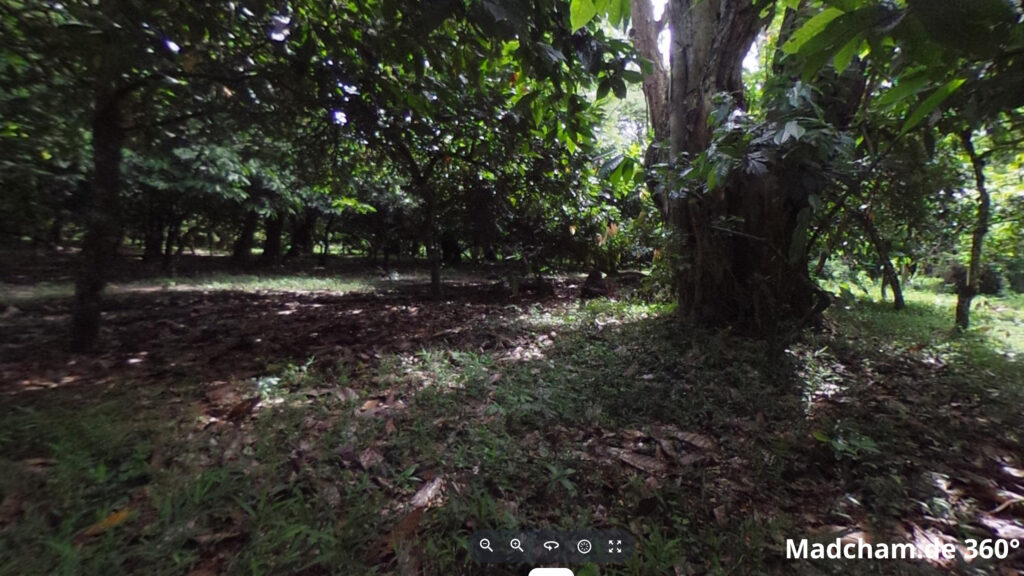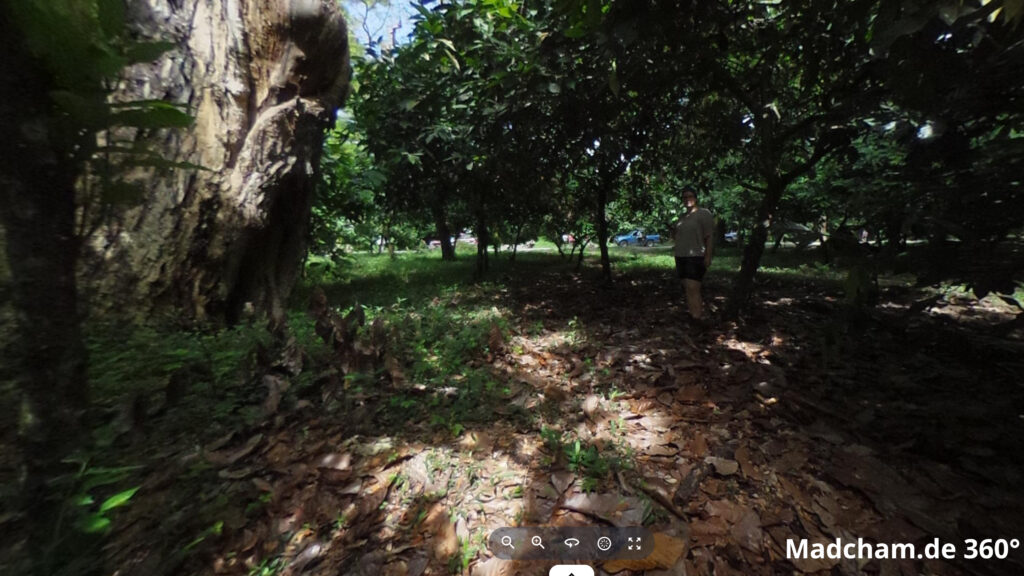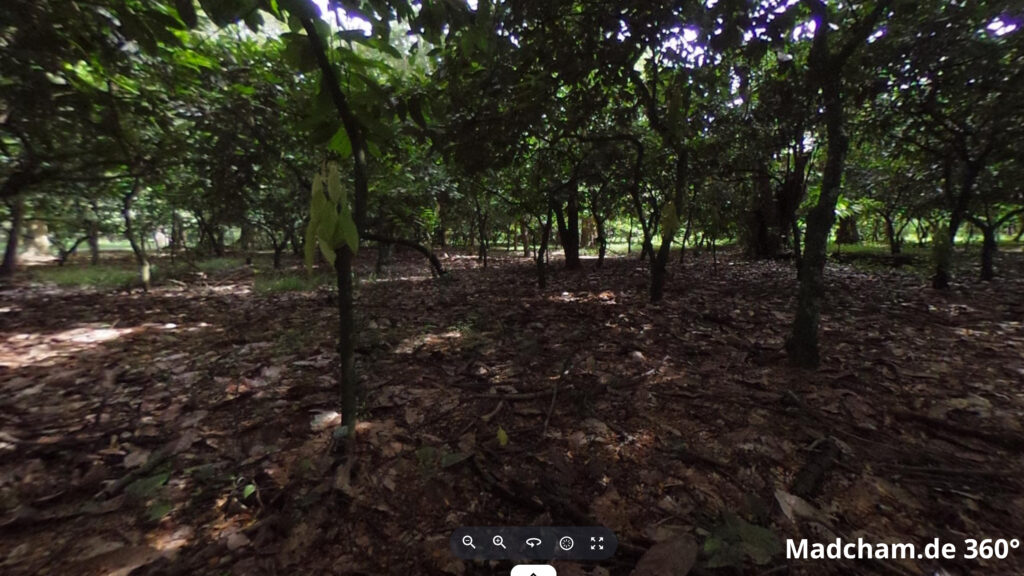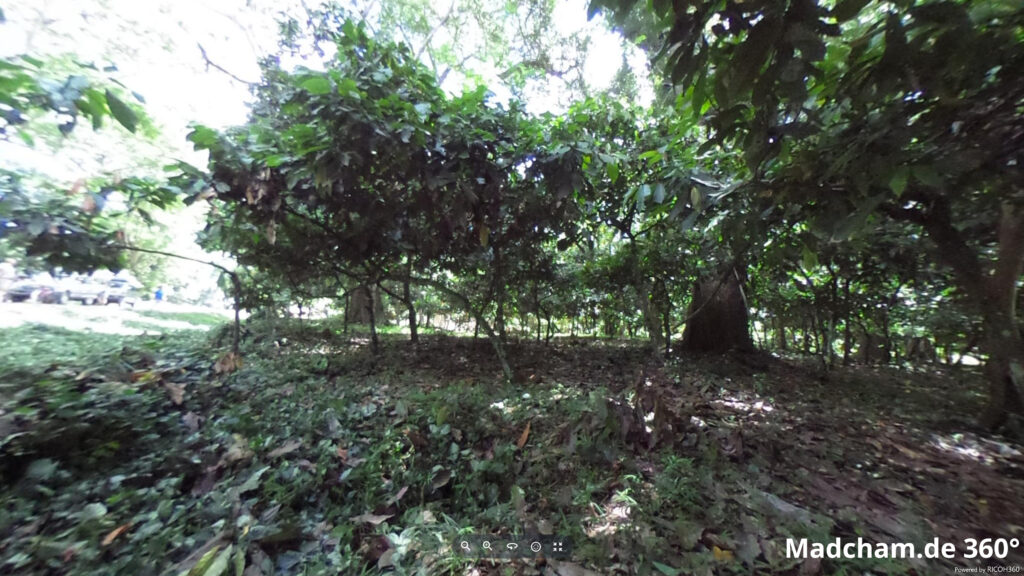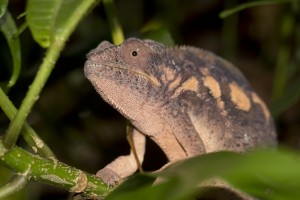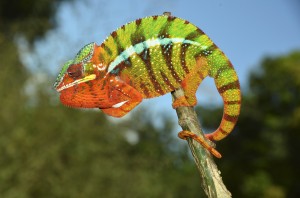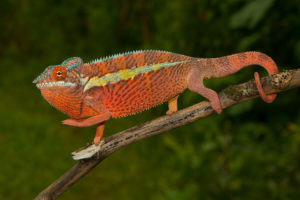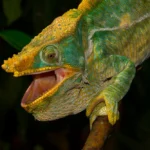Distribution of the local form Ambanja:
Ambanja is located in northwest Madagascar in region Diana and is one of the largest cities there with about 40.000 inhabitants. The national road RN 6 leads directly through this chaotic and overcrowded city. From there to the capital Antananarivo, you need about 20 hours by car. The region around Ambanja is the main cropping area for cocoa, and in many plantations around Ambanja as well as in shrubs, bushes, and trees you can find panther chameleons.
In the south of Ambanja, there is a big river: Sambirano. It makes a natural barrier for chameleons simply due to its size – panther chameleons cannot cross it. Nevertheless, you can also find panther chameleons before crossing the bridge over Sambirano, and those look very similar to Ambanja local form. You could count them either to Ambanja local forms or to the local form Djangoa that occurs a little further south, and which is also limited by another river. To the further north occurring local form Ankify, Ambanja is separated by a several kilometers broad mangrove belt.
Appearance of the local form:
The panther chameleons from Ambanja vary a little within the same local form. The most common coloring found around Ambanja in the males is a turquoise green or bluish turquoise all over the body with deep red, broad bands. The red can vary from a deep Bordeaux red to a bright light hydrant red. The eyelids are usually orange. Starting from the eyelids, some animals may show orange or red streaks all over the head area up to the back. Some show turquoise blue spots in the red banding.
Weight table
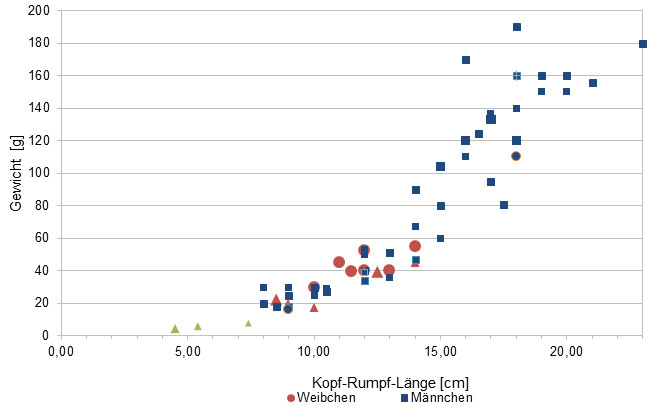
Gewicht = weight in grams, Kopf-Rumpf-Länge = snout-vent-length in cm
Since 2015, we measure the weights of most chameleons that we find in Madagascar, of course only if practicable with calm animals (and working scales). Over the long term, we want to get an average weight in proportion to the snout-vent-length (measured from the tip of the nose to the cloaca) from a large number of measurements for each Madagascan chameleon species. It is important to know that weights were all measured at the end of the rainy season when the chameleons have been having the highest food supply of the year. So our table may show the maximum weights of chameleons in Madagascar. Triangular symbols in females mean not pregnant, spherical symbols mean pregnant. Despite our earlier assumptions, it has turned out that in Furcifer pardalis, there seem to be no significant differences in SVL-weight-ratio between the different local forms.
| Jan | Feb | Mar | Apr | May | Jun | Jul | Aug | Sep | Oct | Nov | Dec | |
| Average temperature | 26 | 26 | 26 | 26 | 25 | 24 | 23 | 23 | 24 | 25 | 26 | 26 |
| Minimum temperature | 22 | 22 | 22 | 22 | 20 | 18 | 18 | 18 | 19 | 20 | 21 | 22 |
| Maximum temperature | 30 | 30 | 31 | 31 | 30 | 29 | 29 | 29 | 30 | 31 | 31 | 30 |
| Rain days | 29 | 26 | 24 | 15 | 8 | 7 | 7 | 8 | 7 | 10 | 18 | 25 |
We have collected the data given above over several years with thermometers and hygrometers at the finding places of the chameleons. "Average temperature" means that values of a whole month have been calculated to one average value per month. For example all measured minimum temperature values of February have been calculated to one average minimum temperature for February. In plain language, this means single peak values of a day may be a little higher or lower than the average minimum and maximum temperatures. It is possible that a location has an average maximum temperature of 29°C, but one day during that month it had 33°C or even 35°C there.
Ambanja has warm temperatures around 25°C all year long. In sunny places, temperatures may rise above 30°C. At night, temperatures drop to 20°C, during dry season they may even fall slightly below to 18°C.
During rainy season, it rains daily and a lot, so humidity raises quickly. But the region remains green even during dry season. It may rain a lot less, but precipitaion is still regular. Additionally, the location between rivers cares for a steady water supply of trees and other plants.
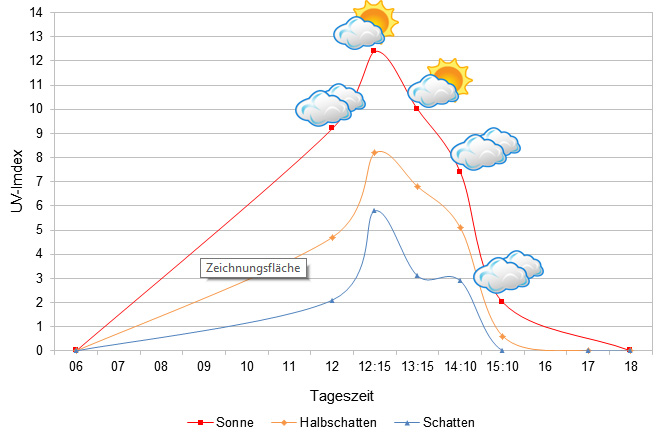
We have measured UVB data with a Solarmeter 6.5 in spring (beginning of April) at the peak of activity of chameleons in Madagascar. We always measured the values that a chameleon could maximally reach in its habitat.
Habitat:
The main habitat of panther chameleons here is cocoa and coffee plantations. In the city of Ambanja itself, you won’t find many chameleons since the city is densely populated. Cocoa, as well as coffee trees, are rather low with widely protruding crows. These trees are cut each year to keep them low and make harvest easier. Between these small trees, there are some huge tamarind and mango trees. Inside the plantations, it is relatively shady. The soil is covered by a thick foliage layer which is partially overgrown by ground-covering plants.
Below you will find some 360° images of the coffee and cocoa plantations near Ambanja. If you click on the respective photo, the images will open in an enlarged view in a separate window. You can use the mouse to rotate in all directions. You also have the option of viewing the images in full-screen mode. Have fun looking at them!

